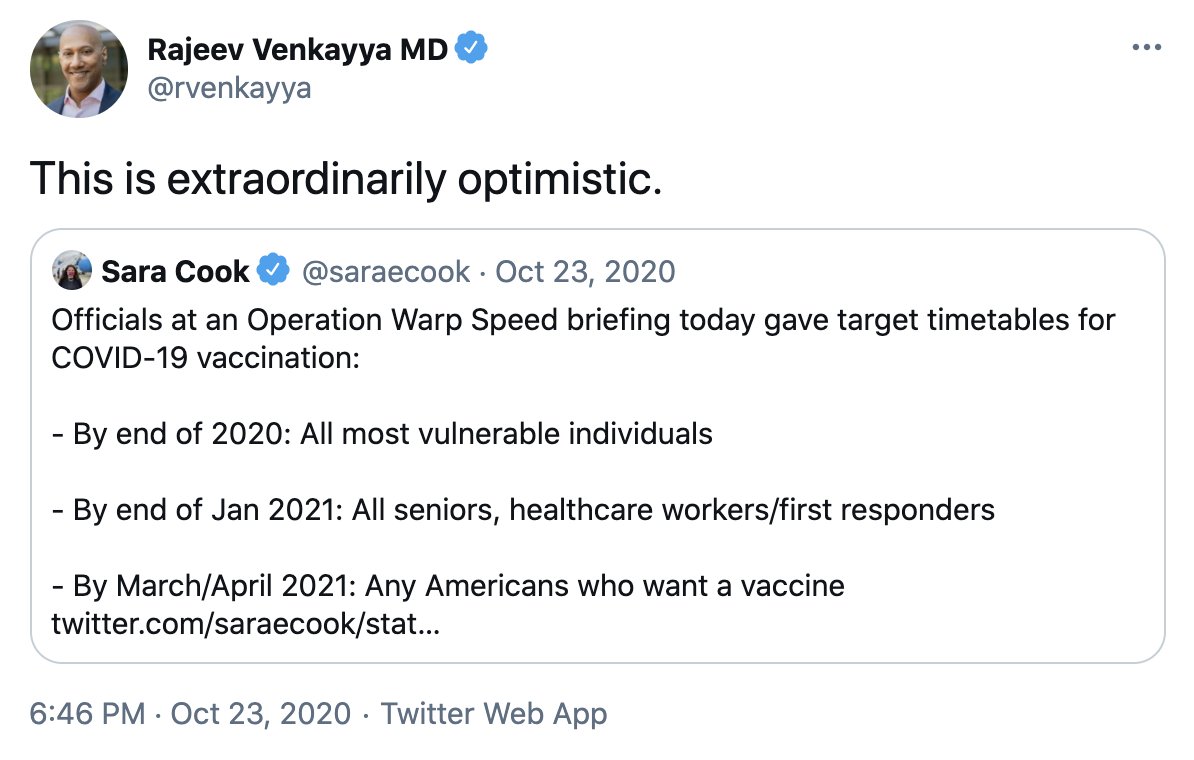
THREAD
In light of the situation in #Brazil and reports of more severe #COVID19 in young persons, we should consider whether antibody-dependent enhancement (ADE) is playing a role.
It has important implications for the rest of the world. 1/🧵
nature.com/articles/s4156…
In light of the situation in #Brazil and reports of more severe #COVID19 in young persons, we should consider whether antibody-dependent enhancement (ADE) is playing a role.
It has important implications for the rest of the world. 1/🧵
nature.com/articles/s4156…
In ADE, an initial mild infection can be followed by more severe illness upon reinfection. Non-neutralizing antibodies are thought to play a role. The potential mechanism for #SARSCoV2 is likely different from #dengue. See "b" ⬇️
Antibody-independent mechanisms also exist. 2/

Antibody-independent mechanisms also exist. 2/


On an individual level, ADE (or ERD as above) may be clinically indistinguishable from non-ADE severe disease. A history of #COVID19 or baseline Ab+ could raise suspicion.
At a population level, ADE may only present as an increase in rates of hospitalization and death. 3/
At a population level, ADE may only present as an increase in rates of hospitalization and death. 3/
There are several reasons why ADE might show up first in Brazil:
🔹P.1 emergence w/immune escape
🔹Waning immunity in those infected in early 2020
🔹High transmission driving reinfections w/P.1
🔹High case numbers, making it easier to detect ADE
🔹Low vaccine coverage
4/
🔹P.1 emergence w/immune escape
🔹Waning immunity in those infected in early 2020
🔹High transmission driving reinfections w/P.1
🔹High case numbers, making it easier to detect ADE
🔹Low vaccine coverage
4/
To be clear, I'm referring to ADE resulting from *natural* primary infection, *not* vaccination.
Thus far there is no evidence of vaccine-associated ADE, although we haven't seen P.1 circulation in a vaccinated population and as vaccine immunity wanes. 5/
medpagetoday.com/special-report…
Thus far there is no evidence of vaccine-associated ADE, although we haven't seen P.1 circulation in a vaccinated population and as vaccine immunity wanes. 5/
medpagetoday.com/special-report…
Irrespective of ADE, the reports of more severe disease in younger populations in the UK and Canada (BC) are concerning. @DrZoeHyde has a good thread on this, noting that the preprint data comes with many caveats. 6/
https://twitter.com/DrZoeHyde/status/1379081837532749824?s=20
These potential attributes of P.1 have major implications for public health measures, vaccine development and vaccine deployment, particularly in places where vaccines will not be available for some time due to supply constraints and inequitable access. 7/
This thread is intended to stimulate discussion. Would welcome views of expert colleagues on whether ADE and/or greater virulence of P.1 could be contributing to the picture in Brazil and elsewhere. 8/
That we haven't seen ADE after vaccination doesn't mean it can't occur after natural infection, which elicits a broad range of antibody responses. Vaccine immunity should be more consistent and robust.
To reiterate, this thread is about natural, not vaccine-associated ADE. 9/
To reiterate, this thread is about natural, not vaccine-associated ADE. 9/
• • •
Missing some Tweet in this thread? You can try to
force a refresh



